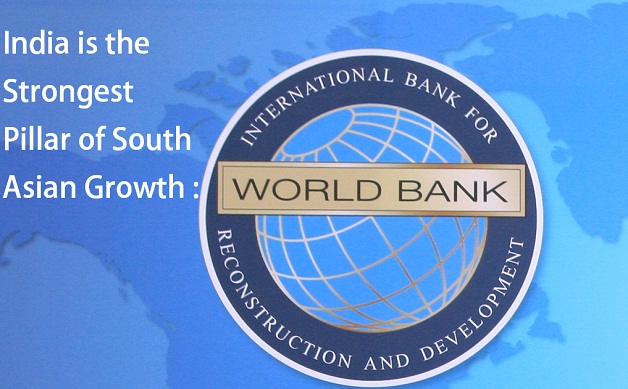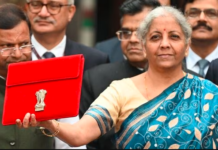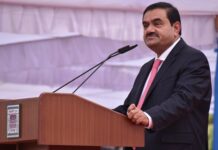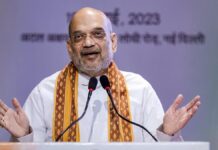When we talk of growth and development on a larger scale, i.e. on the world platform, it is easy to conclude that with the second largest population and a fast-growing economy, India stands on a crucial position on the South Asian map. In the present scenario, when the entire world is looking towards South Asia as the global growth hotspot, the perspective of World Bank depicts that India’s GDP growth will remain strong at 7.6 percent in 2016 and 7.7 percent in 2017.
GDP is Gross Domestic Product which is the monetary value of all finished goods and services produced within a country’s border in a specified time period. As per the latest report of World Bank on South Asia Economic Focus, “In India, GDP growth will remain strong at 7.6 percent in 2016 and 7.7 percent in 2017, supported by expectations of a rebound in agriculture, civil service pay reforms supporting consumption, increasingly positive contributions from exports and a recovery of private investment in the medium term.” At this time, when the world is in the clutches of inflation, unemployment, and depreciating economy, such a statement from world Bank is a real compliment for the Modi Government, who is dedicatedly managing and leading India towards an evolving futuristic economy.
The biannual report also said, “However, India faces the challenge of further accelerating the responsiveness of poverty reduction to growth, promoting inclusion, and extending gains to a broader range of human development outcomes related to health, nutrition, education and gender.”
Indian Role in Growth in South Asia
With more than 60% young population, India still faces the challenges of managing human resources in the best way inculcating the financial and fiscal policy vulnerabilities. Poverty reduction with economic robust is a concerning factor for which report says, “This year is expected to see some convergence in rural and urban economies, supported by stimulating policies, such as the passage of GST and civil pay revisions, along with good monsoons. Also, India faces the challenge of further accelerating the responsiveness of poverty reduction to growth, enforcing inclusion of presently excluded groups (such as women and scheduled tribes), and extending gains to a broader range of human development outcomes related to health, nutrition, education and gender, where the country continues to rank poorly.”
Indian Neighbours
- The report depicts the growth rate of Pakistan reaching 5.0% in 2017 and 5.4 % in the coming 2018.
- The other neighbor, Bangladesh has been quite consistent despite internal and external headwinds, it said. Growth will be sustained at 6.8 percent in 2017, coming slightly down from 7.1 percent in 2016, the report said.
Thus, the leadership of Modi is under tough scanning as the world wants to measure the caliber of this leader as to how he will balance sustainable growth in manufacturing and modern services. Also, the foreign investment momentum in the Indian economy requires time-to-time diagnosis.












